“We are not makers of history. We are made by history.”
-Martin Luther King, Jr.
Staff Report
WEST PALM BEACH, Fla. A memorial installation and Indigenous Land Acknowledgment ceremony, in recognition of Cha-Chi’s Village, a major 19th century Seminole Maroon community, is slated to be held at 10 a.m. on Saturday, Jan. 13, in Sunset Park, 3601 N. Australian Ave. in West Palm Beach.
The event begins a two-day commemoration of the 186th Anniversary of the Second Seminole War with a slate of activities in the cities of West Palm Beach, Boynton Beach and Jupiter.
Admission to all events is free and open to the public although registration is suggested. Visit Eventbrite.com. Direct questions to Wallis Tinnie, info@fbhrpinc.org.
Event planners seek to recognize the local area’s rich history as not only a place of ancient Native habitation but also of modern settlements where freedom and prosperity flourished for both First-Nations peoples escaping from colonial settler encroachment on their traditional lands, and African American self-liberators (known as Maroons) escaping from enslavement.
Together they formed the generations-long alliance known as the Seminoles.
Recognition of the ChaChi’s Village settlement that once existed in modern-day West Palm Beach is part of a twoday observance of South Florida’s Seminole Maroon heritage.
The 19th Century indigenous site is identified on military maps and written about in officers’ journals. The village was destroyed by the U. S. Military in 1841 during the Second Seminole War, as troops enforced the dictates of the Indian Removal Act of 1830.
Outline of the two-day remembrance:
• Ceremony with Memorial Marker honoring Cha Chi’s Village in West Palm Beach, Saturday, Jan. 13, 10 a.m. at Sunset Park
• Free Bus Tour of Seminole sites in and around the City of Boynton Beach, Saturday, Jan. 13, noon to 1 p.m.
• Program honoring Bahamian Seminoles featuring Prof. Stefan Moss, Bahamian artist and creator of the “Google Map of the Salt Water Underground Railroad,” and Prof. Derek Hankerson, adjunct professor, Florida Atlantic University, “The Gullah/Geechee Connection,” Boynton Beach, Saturday, Jan. 13, 1:30 p.m.
• Annual commemoration of Second Seminole War at Loxahatchee River Battlefield in the City of Jupiter, Sunday Jan. 14, 10 a.m. 2 p.m., a special feature on Florida Maroon Society, Bahamian Seminoles and the Salt Water Underground Railway to the Bahamas.
Other speakers include the following scholars:
Dr. Grace Turner, chief archaeologist and research officer, Antiquities, Monuments and Museum Corporation, Nassau, The Bahamas; Magdalena Lamarre, professor emerita, Miami Dade College; Dr. Anthony Dixon, Archival and Historical Research Associates; and Prof. Stefan Moss, project lead, Saltwater Underground Railroad Experience: Retracing Pathways to Freedom.
The memorial monument is made possible by grants from the National Trust for Historic Preservation, the National Endowment for the Humanities, and ArtLifeWPB.
The two-day program comprises a collaborative endeavor by the Florida Black Historical Research Project, Inc. (FBHRP) and the African American Research Library and Cultural Center of West Palm Beach (AARLCC) – both 501[c][3] nonprofit taxexempt organizations – in partnership with the City of West Palm Beach’s ArtLifeWPB and the Office of West Palm Beach Commissioner Cathleen Ward, with special support from the City of West Palm Beach Parks Department, Palm Beach County Parks and the Florida Humanities Florida Talks Speakers Series.
Military Records: Key Sources
To date, it is mainly from U.S. government and military records that there is any public knowledge of the important settlement; also largely due to the research efforts of local history buffs: the late Librarian Bob Davidsson, Palm Beach County Historic Preservation Officer/archaeologist Chris Davenport, and others, who have gleaned information from maps and other documents, Dr. Wallis Tinnie reports.
The site was vaguely located around Clear Lake and/or Lake Mangonia, perhaps extending as far west as present-day Palm Beach Outlets mall.
There was also a location called Cha-Chi’s Landing in what is now downtown West Palm Beach on Lake Worth. The villagers grew abundant crop fields on today’s Palm Beach Island.
The village and its fields were destroyed by U.S. military forces following the seizure of Cha-Chi and his wife Polly in 1841.
Cha-Chi was originally captured as far south as modern-day Deerfield Beach, just south of Palm Beach County, and was “coerced” into leading the troops to the main village, where many more captures were made.
The memorial will be the City of West Palm Beach’s first marker of Land Acknowledgment thus far, and will join a similar memorial marker of the “Freedom Tree” at Loxahatchee Battlefield Park in Jupiter (see photo), unveiled last year in observance of Florida’s May 20 Emancipation Day.
Boynton Beach Seminole Maroon Sites The memorial ceremony, followed by a bus tour of Seminole sites and a reception in Boynton Beach, launches a weekend of informative activities commemorating and bringing to light South Florida’s fascinating Seminole Maroon history and heritage. In Boynton, focus will be the former downtown Seminole Village and gravesite and the “Saltwater Underground Railroad” escape route to Andros Island in the Bahamas, where Seminole Maroon descendants still live.
Sunday at Loxahatchee River Battlefield Park On Sunday, Jan. 14, a tradition of more than 25 years continues with the Annual Seminole Maroon Spiritual Remembrance of the Two Battles of the Loxahatchee River at Riverbend Park, 9060 Indiantown Rd. in Jupiter from 10 a.m. to 2 p.m.
Scholars of Florida history and archaeology will convene at Loxahatchee River Battlefield Park to provide a picture of the history of the period. Among the speakers will be event favorite Dr. Anthony Dixon, author of “Florida’s Negro War: Black Seminoles and the Second Seminole War,” and Miami-Dade Professor Emerita Magdalene from the Florida Speakers Bureau of the Florida Humanities Council, who will speak on Seminole Maroon towns of the Spanish era.
The annual acknowledgment marks the Jan. 15 Seminole victory against a Naval expedition force and the Jan. 24 massive retaliation, both in 1838, which finally turned the tide of the decades-long conflict, the “longest, costliest, and bloodiest” in the nation’s history until the Vietnam War.
Opening with American Indigenous and African traditional rituals, the ceremony honors all of the fallen on both sides, and the memory of the hundreds of Native and Black Seminoles who were not defeated on the battlefield but later captured under a flag of truce at Fort Jupiter and deported on the Trail of Tears to Oklahoma Territory (with some being turned over to “slave catchers”), all under the aegis of Andrew Jackson’s Indian Removal Act of 1830.
Florida Prelude
Over a century prior to the events of 1838 and 1841, with British colonization of North America growing and expanding slavery with it, the Spanish-claimed peninsula of Florida had become “Freedom Land” for selfliberators escaping displacement and enslavement.
Florida was a place where generations would thrive in allied Native and Maroon communities on an Underground Railroad escape route southward, Tinnie reported. Later that “railroad to freedom” would lead to the Bahamas or other destinations in Mexico and the Caribbean.
Complex History This “southern route” included post-war-of-1812 survivors of the devastating “Negro Fort” explosion in North Florida who joined others who established a Maroon settlement called Angola in Manatee County.
This group was forced to undertake further migration to the Florida coast – Cape Florida on Key Biscayne – and then to travel by boat to Andros in the Bahamas.
Their complex saga, combining Yamasee, Gullah/-Geechee, and Seminole languages and culture with Bahamian heritage and enduring connections to Florida will be illuminated and celebrated as a special feature of the weekend’s programs.
Visit Eventbrite.com or direct questions to info@fbhrpinc.org.
IN THE SPIRIT OF MLK: The Cha-Chi’s Village Indigenous American site is to be acknowledged Jan. 13 with a marker designation at Sunset Park in West Palm Beach. Organizers say the coincidence with the Dr. Martin Luther King Jr. holiday weekend has produced an appropriate occasion to reflect on the horrific consequences of violence and warfare. The presenting scholars include, clockwise from top left, Dr. Anthony Dixon, Dr. Grace Turner, Prof. Derek Hankerson, Prof. Magdalena Lamarre and Prof. Stefan Moss. Above center, Freedom Tree Marker with tree in the background, Below, Seminole Village painting by King, circa 1959, with permission from Montine Butler Meeks of Boynton Beach. PHOTOS COURTESY OF WALLIS TINNIE

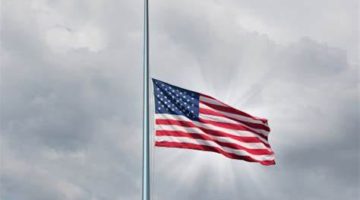

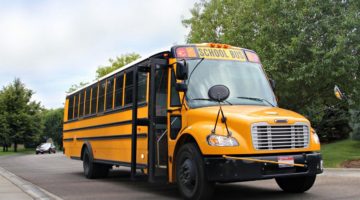


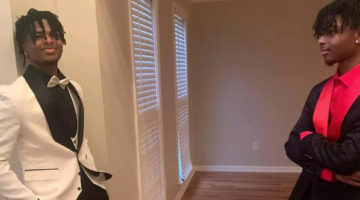

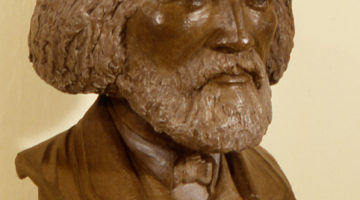
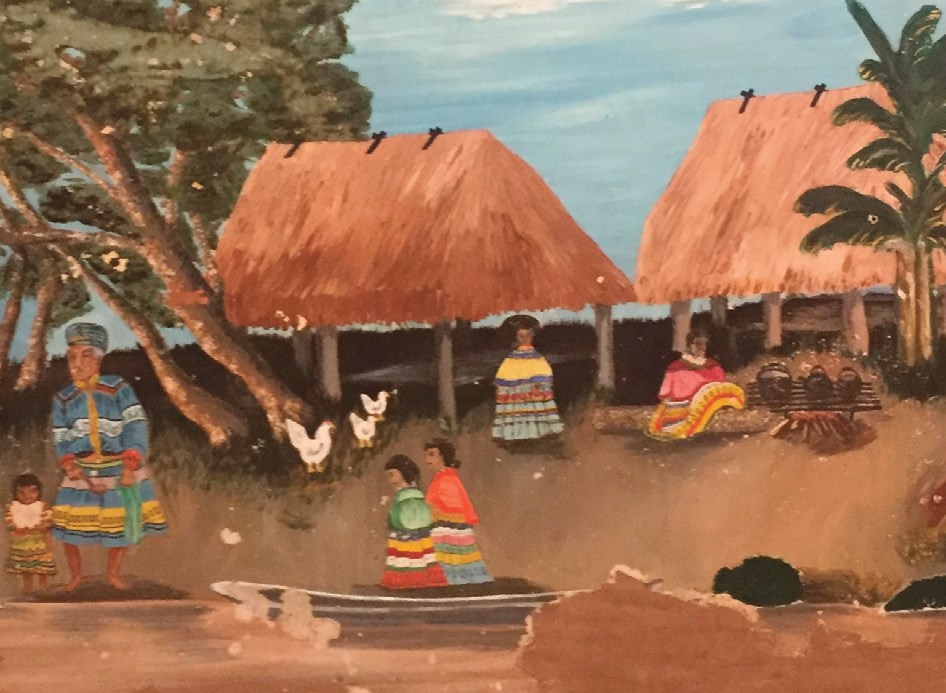
No Comment